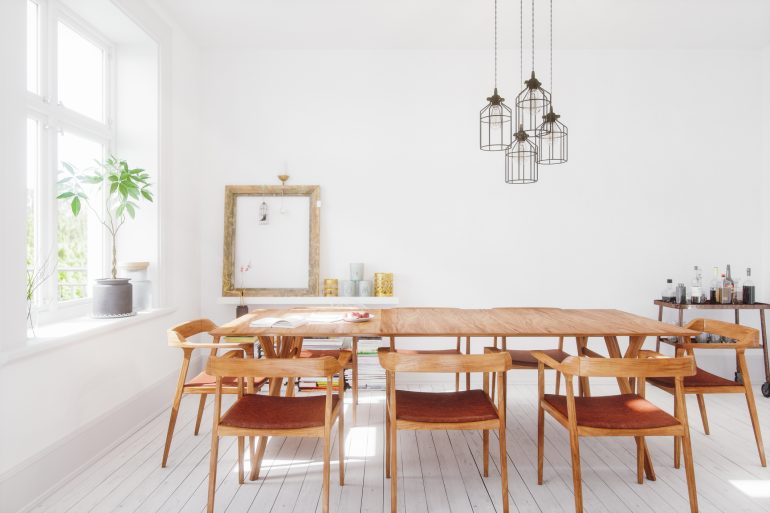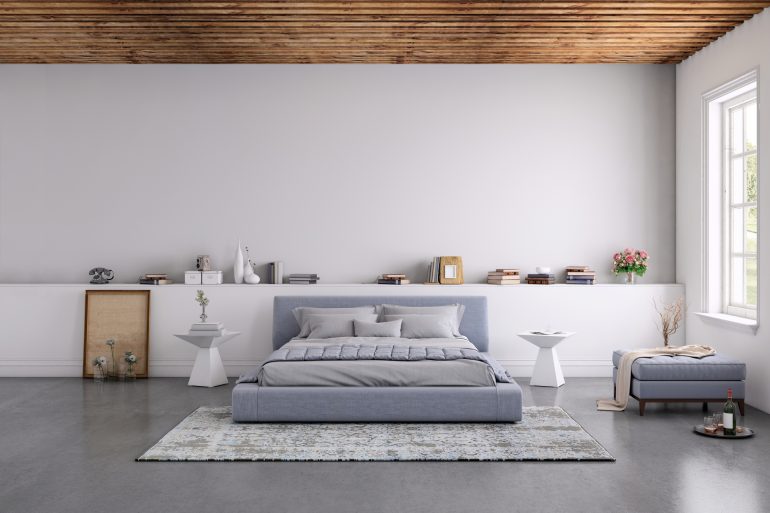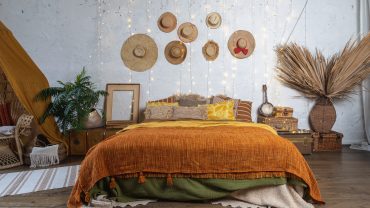Rooted deeply in the region’s unique cultural and climatic contexts, Scandinavian decor isn’t merely an aesthetic. It’s a reflection of a way of life, interweaving the principles of efficient use of space, a connection to nature, and a reverence for craftsmanship.
Born in the early years of the twentieth century, Scandinavian design expanded through the 1930s – and really took off in the 1950s and 60s – with influential designers such as Alvar Aalto, Maija Isola, Arne Jacobsen, Sven Ivar Dysthe, and Borge Mogensen creating a golden age of Scandinavian design.
While Scandinavian designers are particularly renowned for their expertise in household items, encompassing furniture, textiles, ceramics, lighting, and glassware, the principles of Scandinavian interior design have also found their way into the realm of industrial products, influencing consumer electronics, smartphones, and cars.
So, whether you’re revamping a cottage or looking to bring a touch of sleek Scandi style to a city loft space, understanding the essence of Scandinavian design is the key to creating an inviting, warm, and timeless space.
What is Scandinavian Home Decor?

Bright and modern Scandinavian living room. (Credit: NelleG via Getty Images)
The guiding principles behind Scandinavian interior design are characterised by clean lines, minimalism, and functionality, avoiding unnecessary ornamentation.
These principles, combined with a preference for muted colour palettes – typically whites, greys, blacks, and earthy tones – serve to create interiors that exude tranquillity and warmth, a welcoming respite from the often harsh Nordic climate as well as reflecting Scandinavia’s close relationship with nature.
Where interior inspiration is concerned, there aren’t many questions that have a simple – or single – answer and ‘what is Scandinavian design’ is one of them. Rather than adhering to strict regulations, Scandinavian style is underpinned by a philosophy that emphasises guiding principles. It aims to create minimalist spaces that are enhanced by distinctive, high-quality pieces.
Scandinavian Furniture: Form & Function

Interior of Scandinavian style dining room, with soft-oak dining table and chairs. (Credit: imaginima via Getty Images)
Scandinavian furniture embodies a minimalist ethos that champions the principle of form following function, the idea that the purpose of an object should be the starting point for its design – be it a chair, a table or a building – rather than focusing on design first and purpose second.
One of the defining characteristics of Scandinavian decor, especially where furniture is concerned, is the emphasis on clean lines, creating an aesthetic that is both modern and timeless. Unlike styles that relish ornate ornamentation, Scandinavian design steers clear of excess, prioritising only the necessary elements. This ensures that every piece not only serves a distinct purpose but does so with an elegance that avoids visual clutter.
The spaces adorned with such furniture are curated to exude a sense of tranquillity, allowing rooms to breathe, as well as fostering an environment of serenity.
Central to the allure of Scandinavian furniture is the careful selection of materials used in its crafting. So when it comes to the materials used, just what is Scandinavian home decor? Predominantly, these pieces are made from natural materials like wood – often oak, beech, ash or pine – which not only provide durability but also lend a warm and earthy touch to interiors. The wood’s natural grain and texture are frequently celebrated rather than concealed, bringing an organic feel to even the most urban settings. Paired with textiles like leather, wool or linen, Scandinavian furniture strikes a harmonious balance between the tactile and the visual, encapsulating the essence of Nordic living.
Scandinavian Space

Scandinavian living space. (Credit: KatarzynaBialasiewicz via Getty Images)
Space, in Scandinavian interior design, is treated as a precious element. Rooms are often airy and open, maximising natural light, with every piece of furniture and decor purposefully chosen to enhance the sense of space, comfort, and harmony.
This conscious selection ensures clutter-free environments, elevating the spirit and mood of the people in the room.
Cool Colours

Modern Scandinavian bedroom, exhibiting the cool colours. (Credit: ExperienceInteriors via Getty Images)
Scandinavian design is often characterised by a colour palette that mirrors the serene and understated beauty of the Nordic landscape. Dominated by a spectrum of muted tones, the hues primarily consist of soft whites, cool greys, and subtle beiges. These colours serve to create spaces that exude a sense of calmness and warmth, of positive energy and wellbeing.
Soft, earthy blues, greens and browns are popular which blend well with natural wood flooring, painted brick walls and natural textiles, and some designs may incorporate bolder or contrasting accent colours.
Embracing Simplicity: The Essence of Scandinavian Design

Scandinavian living room (Credit: imaginima via Getty Images)
There are trends that are little more than transient fads, and then there are timeless design movements. Scandinavian interior design is the latter. When we ask ‘what is Scandinavian design’, we look at more than just a stylistic choice – it’s a reflection of a philosophy rooted in simplicity, functionality and style.












